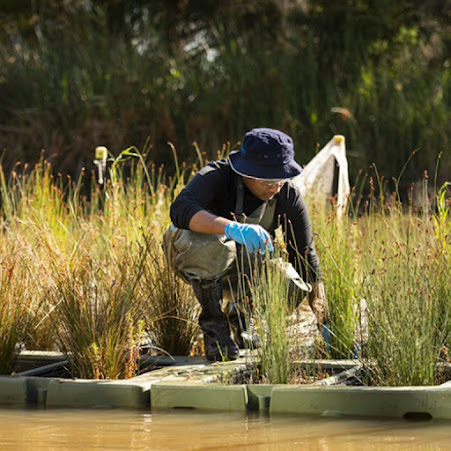 |
| Jonathan Godbout, professor of neuroscience Credit: Ohio State University |
The study in mice clarified the role of specific immune cells in the brain that contribute to chronic inflammation. Using a technique called forced cell turnover, researchers eliminated these cells in the injured brains of mice for a week and then let them repopulate for two weeks.
“It’s almost like hitting the reset button,” said senior study author Jonathan Godbout, professor of neuroscience in The Ohio State University College of Medicine.
Compared to brain-injured mice recovering naturally, mice that were given the intervention showed less inflammation in the brain and fewer signs of thinking problems 30 days after the injury.
Though temporarily clearing away these cells, called microglia, in humans isn’t feasible, the findings shed light on pathways to target that could lower the brain’s overall inflammatory profile after a concussion, potentially reducing the risk for behavioral and cognitive problems long after the injury.
“In a moderate brain injury, if the CT scan doesn’t show damage, patients go home with a concussion protocol. Sometimes people come back weeks, months later with neuropsychiatric issues. It’s a huge problem affecting millions of people,” said Godbout, faculty director of Ohio State’s Chronic Brain Injury Program and assistant director of basic science in the Institute for Behavioral Medicine Research.














.jpg)

